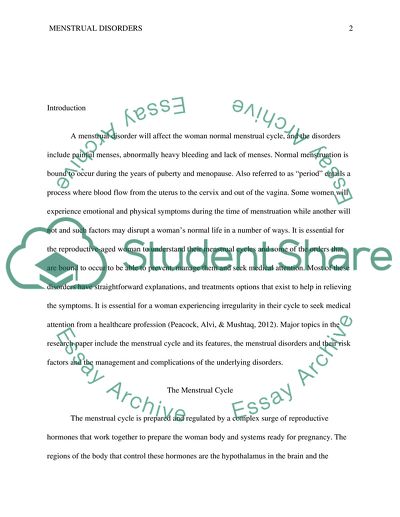Cite this document
(“Menstruation Disorders Research Paper Example | Topics and Well Written Essays - 2500 words”, n.d.)
Retrieved de https://studentshare.org/medical-science/1667875-menstruation-disorder
Retrieved de https://studentshare.org/medical-science/1667875-menstruation-disorder
(Menstruation Disorders Research Paper Example | Topics and Well Written Essays - 2500 Words)
https://studentshare.org/medical-science/1667875-menstruation-disorder.
https://studentshare.org/medical-science/1667875-menstruation-disorder.
“Menstruation Disorders Research Paper Example | Topics and Well Written Essays - 2500 Words”, n.d. https://studentshare.org/medical-science/1667875-menstruation-disorder.


